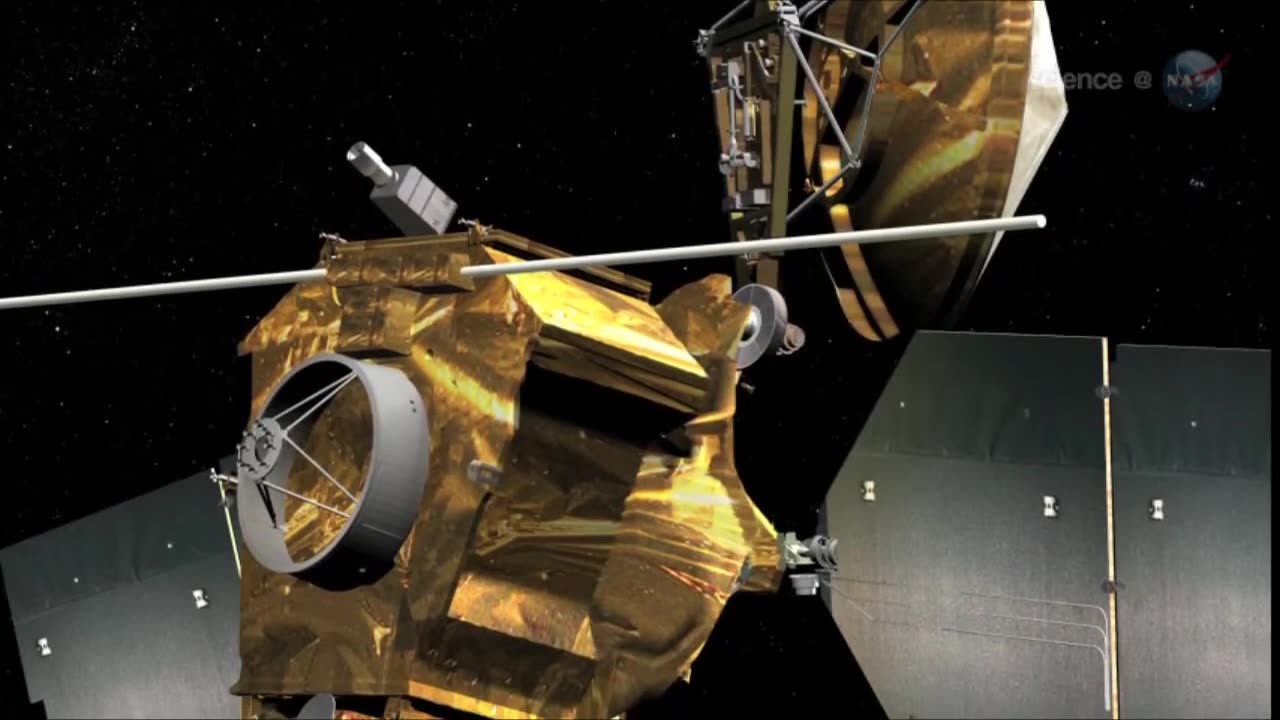Premium Only Content

WHAT is a MERCURY PLANET ?
Mercury is the smallest and innermost planet in the Solar System. It is located closest to the Sun, and its orbit takes it around the Sun once every 88 Earth days.
Mercury is a rocky planet, similar in appearance to Earth's Moon. It has a heavily cratered surface, with cliffs and mountains rising up from the plains. The surface is also dotted with numerous impact craters, the result of collisions with comets and asteroids over the course of its 4.6 billion year history.
Mercury has a very thin atmosphere, made up mostly of oxygen, sodium, and hydrogen. It has no moons or rings, and it has a very weak magnetic field. Despite its proximity to the Sun, the surface of the planet is cold because it has no atmosphere to trap heat from the Sun.
Mercury is a relatively small planet, with a diameter of just under 4,880 kilometers (3,032 miles). It has a mass about 1/18 that of Earth and a surface gravity that is only about a third as strong as Earth's.
Mercury is also a very hot planet, with surface temperatures that can reach up to 800 degrees Fahrenheit (427 degrees Celsius) during the day and plummet to -290 degrees Fahrenheit (-180 degrees Celsius) at night. This is because it has no atmosphere to hold in heat or to protect it from the sun's radiation.
Despite its small size and close proximity to the sun, Mercury is not an easy planet to study. It is difficult to observe from Earth because it is always close to the sun in the sky, and it is also difficult to send spacecraft to because of the extreme heat and radiation that it experiences. Despite these challenges, scientists have been able to learn a great deal about this fascinating planet through the use of telescopes, space probes, and other tools.
Mercury is one of the least explored planets in the Solar System, due in part to its extreme temperatures and lack of atmosphere. However, it has been visited by a number of spacecraft, including Mariner 10, MESSENGER, and BepiColombo. These missions have provided scientists with valuable insights into the planet's history, surface features, and internal structure.
-
 LIVE
LIVE
The Rubin Report
46 minutes agoCNN Host Forced to Intervene as Guest Loses His Cool as Republican Calmly States Facts
3,320 watching -
 LIVE
LIVE
Professor Nez
14 hours ago🚨LIVE President-elect Trump Meets with President Biden in the Oval Office
890 watching -
 LIVE
LIVE
Steven Crowder
2 hours ago🔴 Let that Sink In: This is why the Left Lost & Elon and Vivek Form New Trump Superteam
71,534 watching -
 LIVE
LIVE
Benny Johnson
1 hour ago🚨 DADDY'S HOME: Trump Meets Biden At White House LIVE Right NOW, Joe Surrenders Federal Gov to MAGA
11,151 watching -
 LIVE
LIVE
Nerdrotic
2 hours agoUS Congress UFO Hearing LIVE REACTION with Chris Gore | Forbidden Frontier #081
904 watching -
 4:59
4:59
BuddyBrown
1 day ago $0.76 earnedI've Never Heard a President Talk Like This in my LIFETIME! | Buddy Brown
7767 -
 1:42:01
1:42:01
Graham Allen
3 hours agoElon/VivekAppointed To “DOGE”Pete Hegseth Is The New SECDEF!The Elites Are LOSING THEIR MINDS!!😂😂
58.6K80 -
 UPCOMING
UPCOMING
Caleb Hammer
11 hours agoControlling Karen Exploits Cuck Husband | Financial Audit
804 -
 LIVE
LIVE
LFA TV
12 hours agoTRUMP MEETS WITH BIDEN LIVE! | LIVE FROM AMERICA 11.13.24 11am EST
4,842 watching -
 0:25
0:25
Liam Reid
20 hours agoI Flew To The Dirt Biking Capital of the WORLD!
33